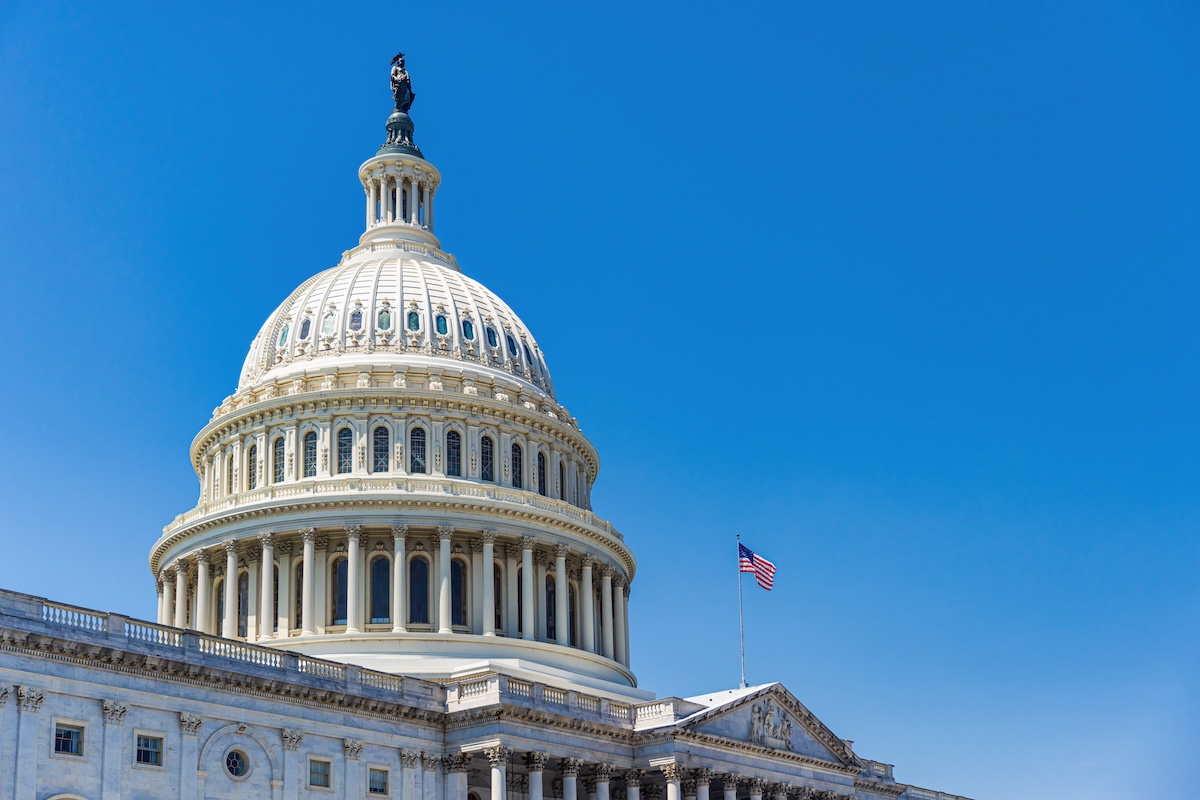Congress Set To Cap Student Loan Borrowing In OBBB


The final Senate version of the One Big Beautiful Bill, released last night, marks a significant shift in how much students and families can borrow through federal student loans. It ends the federal Grad PLUS program altogether and places caps on Parent PLUS borrowing. The bill goes into effect for new loans starting July 1, 2026.
Under current rules, graduate and professional students can borrow up to the full cost of attendance through Grad PLUS loans, while parents of dependent undergraduates can do the same through Parent PLUS. That unlimited borrowing has long been a target for reform advocates concerned about rising student debt balances and poor loan outcomes.
The new structure replaces that system with new student loan borrowing limits:
Graduate and professional loan limits are in addition to what a student already borrowed for their undergraduate education.
The bill does include a grace period for Grad PLUS loans: borrowers who already received a Grad PLUS loan before June 30, 2026, can continue borrowing under current terms through the 2028-29 academic year.
The law also permits schools to set even lower borrowing limits, provided they apply them consistently within each program. Loan limits must also be prorated for part-time enrollment.
The new caps on Parent PLUS loans could sharply impact how families pay for college. Many families on Parent PLUS loans since the low loan limits for undergraduates typically fall short of covering tuition, room and board, and other expenses.
Under current rules, parents can borrow up to the full cost of attendance, minus other aid. The Senate bill’s annual and lifetime caps will change that calculation for thousands of households.
Once the bill takes effect, parents will be limited to $20,000 per year and no more than $65,000 in total for any one child. That may not be enough to cover tuition at many private or out-of-state public colleges, where annual costs can exceed $50,000.
The most expensive colleges in the United States charge over $70,000 per year in tuition alone.
In response, families may have to turn to private lenders to make up the difference. Private student loans do not offer income-driven repayment, Public Service Loan Forgiveness, or hardship protections like deferment or forbearance. They also often require a parent co-signer, subject to credit approval and variable interest rates.
The restriction could also affect students’ college choices. Families unable to borrow enough through Parent PLUS may steer their children toward lower-cost public institutions or reduce the number of years spent in higher education. That may not be a bad thing, though.
Graduate and professional students will no longer be able to borrow up to the full cost of attendance under federal programs. The elimination of Grad PLUS loans and the new caps on Direct Loans means many students in advanced degree programs may need to find alternate ways to finance their graduate education.
A master’s degree student will be limited to $20,500 per year and $100,000 total in federal loans.
Professional students, such as those attending law or medical school, can borrow up to $50,000 per year and no more than $200,000 in total. These amounts may fall short of actual costs at many private and elite programs, where total borrowing can easily exceed these limits.
This shift could lead to a rise in private loan use among graduate students, especially in fields with high tuition and living expenses. Without access to Grad PLUS loans, borrowers will lose income-driven repayment protections and the ability to qualify for federal student loan forgiveness programs.
This could really pose an issue for things like teaching and social work, which historically don’t earn a lot of money, but a master’s degree may be required due to state licensing requirements.
Programs with high costs and lower post-graduation earnings may see enrollment declines if students cannot secure funding. While the bill seeks to rein in excessive borrowing, the changes may push students toward financial products with fewer safeguards.
The Senate proposal does not create new federal alternatives to replace the eliminated borrowing capacity. Instead, it designed to encourage institutions to lower costs, and borrower to use caution. That disconnect may quickly be filled by private lenders.
Private student loans typically offer less flexible repayment terms and fewer borrower protections. They do not include income-driven plans or forgiveness options and often involve strict underwriting. Borrowers may face higher monthly payments, interest rates that adjust over time, and limited options if they lose a job or experience financial hardship.
Without Grad PLUS and with tight Parent PLUS caps, students attending high-cost graduate programs may feel the biggest effects. Families who once relied on Parent PLUS to meet the full cost of a four-year college degree may now have to take out private loans or reduce borrowing plans.
The economic idea behind the bill is that capping federal loan amounts will reduce over-borrowing and place downward pressure on college prices. Whether that occurs remains to be seen, but the move unquestionably shifts more risk onto borrowers and families.
Don’t Miss These Other Stories:

In 2014, after a string of violent incidents with guns hit Rainier Beach, WA, parents were scared to have their...

John Lyons of J Lyons Fund Management, Inc. | Interactive Brokers in Deerfield, Ill., was named the recipient of the 2025...

When debt feels overwhelming, it’s tempting to look at your 401(k) balance and think, “I could wipe this all away...